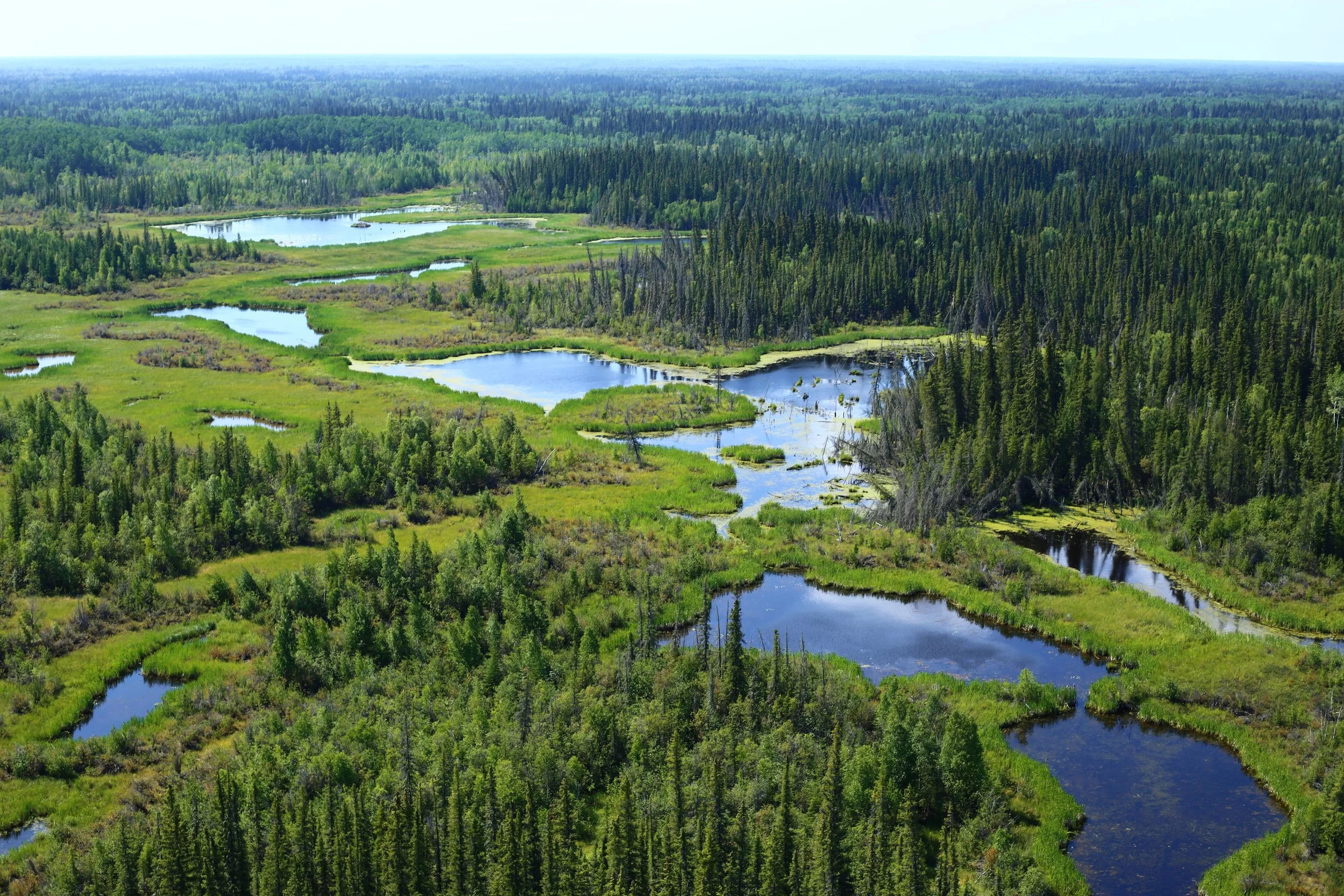Incrementalism and business as usual won’t save the planet. We must take bold, ambitious action to conserve the diversity of life. Indigenous Nations are stepping forward with proposals for achieving these goals. It’s time to support their leadership and partner in conservation.
Read MoreThe report confirms that conservation and international cooperation can reverse declines in bird populations. Smart government policies like banning DDT and investing in wetlands restoration across Canada and the United States, for instance, have helped duck populations increase by 69% and geese by a whopping 360%.
Read MoreOn this International Migratory Bird Day, my thoughts are drawn to the places many of the birds passing though my backyard are headed: the Boreal Forest. Known as North America’s Bird Nursery, the boreal attracts up to 3 billion migratory birds each spring. Most boreal bird nesting grounds are sustained by Indigenous Peoples.
Read MoreIn the face of the dire findings in the Global Assessment Report on Biodiversity and Ecosystem Services, the examples of Indigenous communities working to protect their lands—including across Canada’s Boreal Forest—provide a bright beacon of hope for the future.
Read MoreNow is the time for Canada to demonstrate conservation leadership, both on the international stage and here at home. The Government of Canada can do that by working in partnership with Indigenous Nations as well as with provincial and territorial governments to help make these Indigenous protected areas a reality.
Read MoreCanada pledged to nearly double its protected lands by 2020. A new poll shows almost all Canadians want to meet this target. They strongly support Indigenous-led conservation and international cooperation as a way to achieve the goal. And they view conserving more lands as an important tool for tackling climate change.
Read MoreAt the Nature Champions Summit, Canada can demonstrate its support of Indigenous stewardship and showcase the leadership of Indigenous Peoples in conserving globally significant places like the boreal—the largest intact forest left in the world. By working together, Canada and Indigenous Nations can offer a model for the world of conservation rooted in respect, responsibility and reconciliation.
Read MoreWithin Canada’s borders are some of the world’s most significant biodiversity features and carbon storage banks. By demonstrating how to protect and maintain those globally important natural assets in partnership with Indigenous Peoples, Canada can offer hope and inspiration to the world. The Nature Champions Summit will be the perfect place to begin turning that inspiration into on-the-ground solutions.
Read MoreIndigenous Guardians are caring for the land across the country. They are restoring animals and plants and managing protected areas. They are combining traditional knowledge and science and bringing youth and elders together. They serve as the “moccasins and mukluks” on the ground for communities, and their work helps conserve clean water and healthy land for all Canadians.
Read MoreAustralia shows how much can be achieved when governments make long-term investments in Indigenous Protected Areas and Indigenous land management.
Read MoreA delegation of Indigenous land managers from Warddeken and other regions in Australia are traveling to Canada to talk about the transformative power of well-supported Indigenous-led conservation. This exchange is taking place at a crucial time.
Read MoreThe effort to conserve the world’s largest intact forest gained new ground this year. Progress stretching from the Northwest Territories to Ottawa helped ensure Canada’s Boreal Forest will continue to sustain animals and plants, clean waters and communities for years to come.
Read MoreAlarming drops in insect populations have major implications for birds and other species, but research points to a powerful solution: conserving large expanses of healthy lands and waterways where living things can find refuge.
Read MoreThe International Boreal Conservation Campaign welcomes the Wyss Foundation’s $1 billion commitment to help protect the lands, animals and waters that support life on this planet. IBCC applauds the foundation’s focus on supporting on-the-ground conservation work, in particular the Dehcho First Nations’ management of the Edéhzhíe Dehcho Protected Area/National Wildlife Area.
Read MoreWhen Dehcho Grand Chief Gladys Norwegian and Environment and Climate Change Minister Catherine McKenna sat side-by-side and signed an agreement protecting Edéhzhíe on October 11, they demonstrated the power of a new conservation model.
Read MoreA sweeping stretch of black spruce, headwater lakes and caribou grounds west of Yellowknife has gained new protections thanks to the leadership of the Dehcho First Nations.
Read MoreMany boreal bird species risk significant declines as a result of climate change, but a new report identifies areas of Canada’s Boreal Forest that hold the key to birds’ long-term survival. While conditions in some bird habitats are expected to shift, large landscapes within the boreal region will remain relatively stable. Protecting these boreal lands will offer birds the best chance to thrive.
Read MoreThe realities of climate change can be more than a little hard to deal with as we experience them and hear of them on a daily basis. That was true again this week when the International Panel on Climate Change released a report providing details about how critical it is that the amount of carbon in the atmosphere is lowered very quickly if we wish to avert some costly and tragic consequences.
Read MoreSome of the biggest conservation opportunities are found Canada’s boreal forest. The boreal is the largest intact forest left on the planet, and Canada has a unique responsibility to conserve it. Indigenous Peoples are advancing innovative conservation plans in the region and partnering together is the most effective path forward.
Read MoreProvinces and territories are focused on creating new parks and protected areas, and Indigenous Nations across the country are too. From the Sahtu in the Northwest Territories to the Misipawistik Cree Nation in Manitoba, First Nations are moving forward on conservation.
Read More



















